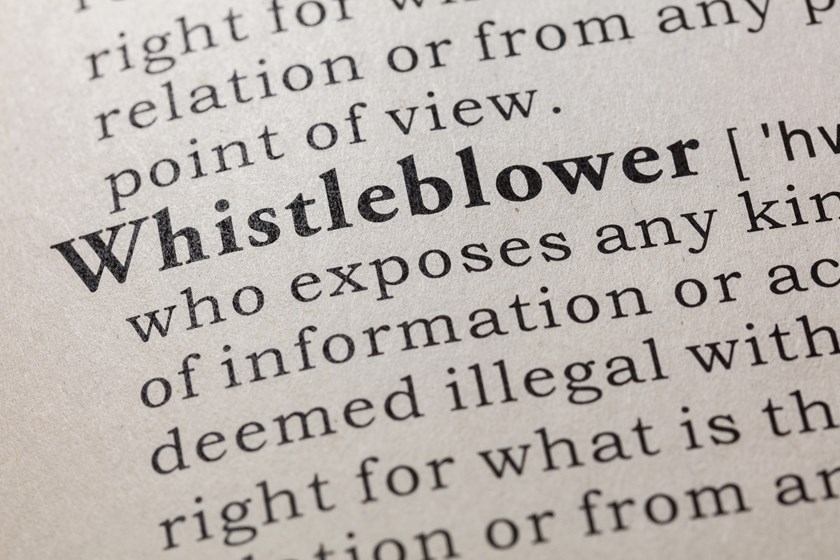Mind the gap – the implications of gender pay gap reporting – questions still unanswered
Blog

Background
In July 2015, the Prime Minister announced that the government would "end the gender pay gap in a generation". Although slow starting, significant political focus has ignited a pay transparency regime. Following consultation, the Equality Act 2010 (Gender Pay Gap Information) Regulations 2016 are scheduled to come into force in October 2016 and are likely to have a significant impact in the employment sector. Further to Claudia Rooney's article (which can be found here), I have set out some further observations on the forthcoming regime.
What gender pay gap data must be published?
Private sector employers with 250 employees or more on 30 April each year (from 2017) will be required to publish the following gender pay gap information for employees who (i) ordinarily work in Great Britain and (ii) whose contract of employment is governed by UK legislation:
- The difference in mean pay calculated on 30 April using the employer's usual pay period (e.g. weekly, fortnightly, monthly);
- The difference in median pay calculated as above;
- The difference in mean bonus pay during the 12 months leading up to 30 April;
- The percentage of men and women who received bonus pay during the 12 months preceding 30 April; and
- The number of male and female employees in the salary quartile pay bands A-D.
How do you calculate the gender pay gap?
- The new regime will require employers to publish their overall mean and median gender pay gaps, expressed as percentages and based on 'gross hourly pay'.
- 'Gross hourly pay' is determined using weekly pay divided by weekly 'basic paid hours' for each relevant employee.
- Then, the gender pay gap is calculated by working out the difference between the average pay of all male employees and the average pay of all female employees, and dividing that number by the average pay of all male employees.
What is included in the definition of pay?
Under the Regulations, pay includes basic pay, paid leave, maternity pay, sick pay, area allowances, shift premium pay, bonuses, and other pay (including car allowances, on call and standby allowances, clothing, first aider and fixed paid allowances).
However, pay excludes overtime pay, expenses, the value of salary sacrifice schemes, benefits in kind and redundancy pay.
Where does this information have to be published?
The information must be published on the employer's website within 12 months of 30 April (so by 30 April 2018), and must be accessible by employees and the public. The data must be accompanied by a written statement by a director/partner or the most senior employee of the employer (as applicable) as to the accuracy of the information.
It should remain on the website for three years, thereby allowing an assessment of the annual progress to be made. In addition to publishing the data on the website, it must also be uploaded to a Government website.
What is still to be clarified by the government?
- The definition of employee. Whether the definition of employee is intended to capture apprentices as well as those individuals who work under a contract personally to do work.
- Whether deferred bonuses will be taken into account is something which will hopefully be clarified in the final version of the Regulations or supplemental guidance.
- What 'basic paid hours' refers to. What is not clear is whether it refers to contractual hours, or actual hours worked. Using actual hours worked would give a much fairer representation of actual hourly pay, but this would be more difficult to calculate as this would involve an assessment of hours worked on an individual basis. Clearly, further clarification on this point would be welcomed.
- How certain elements of pay are to be included in the calculation. For example, employers with a high number of women, who may be on maternity leave, will find the hourly rate for women being artificially reduced (as statutory maternity pay is £139.58 per week and enhanced maternity pay will most likely result in a reduction). A practical alternative would be to treat employees on statutory maternity leave or shared parental leave as receiving their most recent normal pay but it is not known yet whether the Government is considering this approach. The opportunity for employers to provide a voluntary contextual narrative to their reports may go some way to explain why the gap is what it is to employees, prospective employees and the wider public.
- How salary quartiles are to be presented. As currently drafted, it is likely that employers will not have publish the actual range of each pay band when reporting their salary quartiles. Instead they will simply be able to refer to 'Pay Band A' etc.
- How the government will identify employers from the published data. The government has indicated that it may publicise the identity of employers who have not complied as well as herald those as best practice examples. It would also like to produce sector tables of reported pay gaps.
Will the new regime lead to an increase in equal pay claims?
At face value, the new regime is unlikely to result in a proliferation of equal pay claims. This is because the publishing requirements are based on the gross hourly rates for men and women without comparing like work, work of equal value or work rated as equivalent.
However, reporting a large gender pay gap differential will certainly lead to greater awareness by employees and is likely to encourage them to use this to their advantage in any potential equal pay or discrimination claim. The administrative burden and additional hassle for employers in servicing questionnaires and grievances about potential equal pay claims will likely be significant, even if there are no, or few, legitimate equal pay claims.
What should you consider between now and October?
- Calculate the number of employees, and if a group structure, how many employees are employed by each entity. As a snapshot of employees is taken each year, you may be just outside the scope of the regime one year, but if for example you are expanding, may fall within the regime the next year.
- For group structures, consider whether separate pay gap reports will need to be produced.
- Check whether your HR software/payroll provider can calculate pay with all the elements required, and remove those that should be excluded.
- Stress test salary quartiles to establish how men and women fit into the bands using current pay scales.
- Consider whether there are any overseas employees, or employees who work under contracts of employment governed by foreign law (and thus won't be caught by the Regulations).
- Consider the remuneration package offered, all benefits, and any flexible benefits scheme, and analyse which elements would be reportable under the Regulations.
- Consider tactically whether you want to conduct a preliminary audit / fact finding exercise subject to legal advice privilege to uncover any potential exposure.
- Carry out an audit of any bonus schemes offered by the employer and identify which would need to be reported as bonus pay under the Regulations.
- Calculate the gender pay gap information using the methodology of the draft Regulations and consider whether external consultants should be instructed to prepare the draft information.
- Identify who will sign the written statement confirming the accuracy of the published information and ensure this person is familiar with the Regulations, and happy to be involved.
- Involve all necessary stakeholders to put together short, medium and long-term plans to reduce any pay gap.
- Establish the reasons for pay differentials, and prepare to provide voluntary contextual information to explain these (they may be non-gender related).
- Plan and take control of how any gaps will be communicated both internally and externally.
- Are there wider gender initiatives that can be highlighted, such as enhanced pay for shared parental leave or programmes supporting women returning to work after maternity leave?
- Consider whether you also want to go beyond the minimum and simply meet the regulatory requirements, or whether you want to undertake a sophisticated equal pay audit to investigate whether there are any pay gaps relating to race, disability, sexual orientations, age, maternity, religion or belief and transgender status.
- In addition, professional practices might wish to include partners as well as employees in such an audit.






